Exhibit A
Grim, Grimms, Grimoire: The Sentiments of Dolly Kei
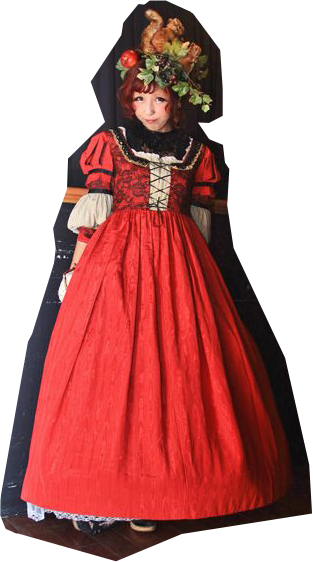
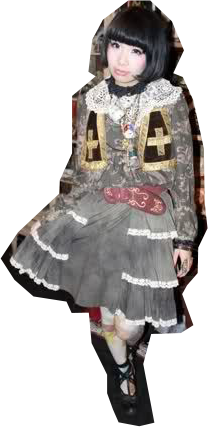
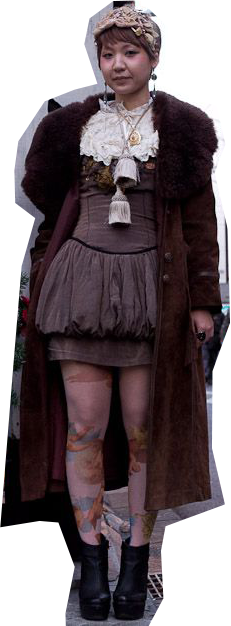
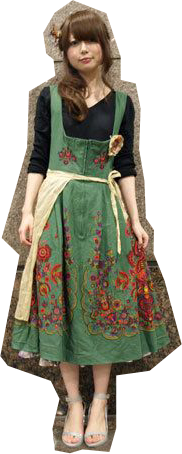
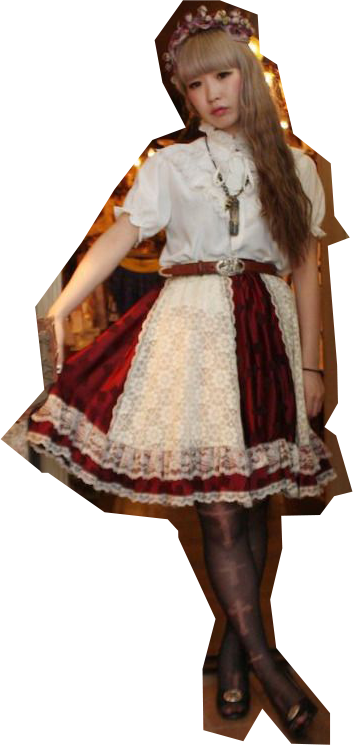
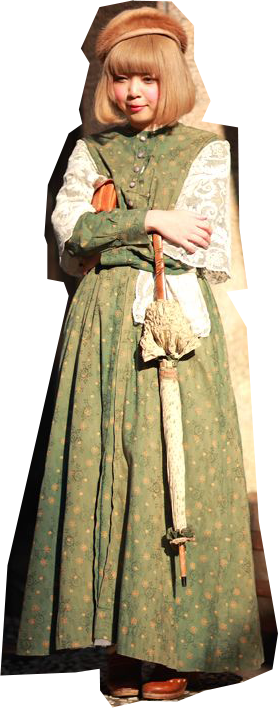
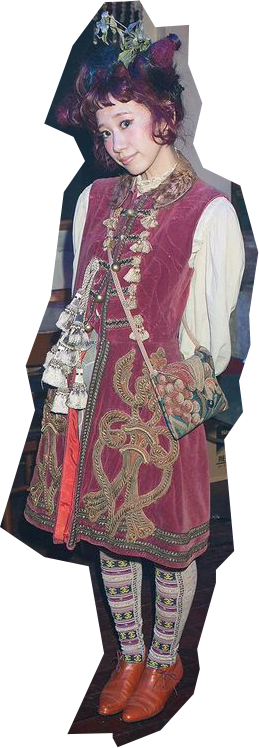
Dolly Kei, Grimoire or アンティーク (antique) in Japanese, which is arguably the most fitting, is a fashion style that originated in Japan in the 2010s, alongside with Cult Party Kei and Mori Key. It is very often compared to them due to various factors such as the origins of inspiration for each style and the high level of layering, but what sets Dolly Kei apart from the others is a kind of mature, withered, almost grotesque flair. One may even notice similarities between it and other unrelated styles, for example the western whimsigothic.
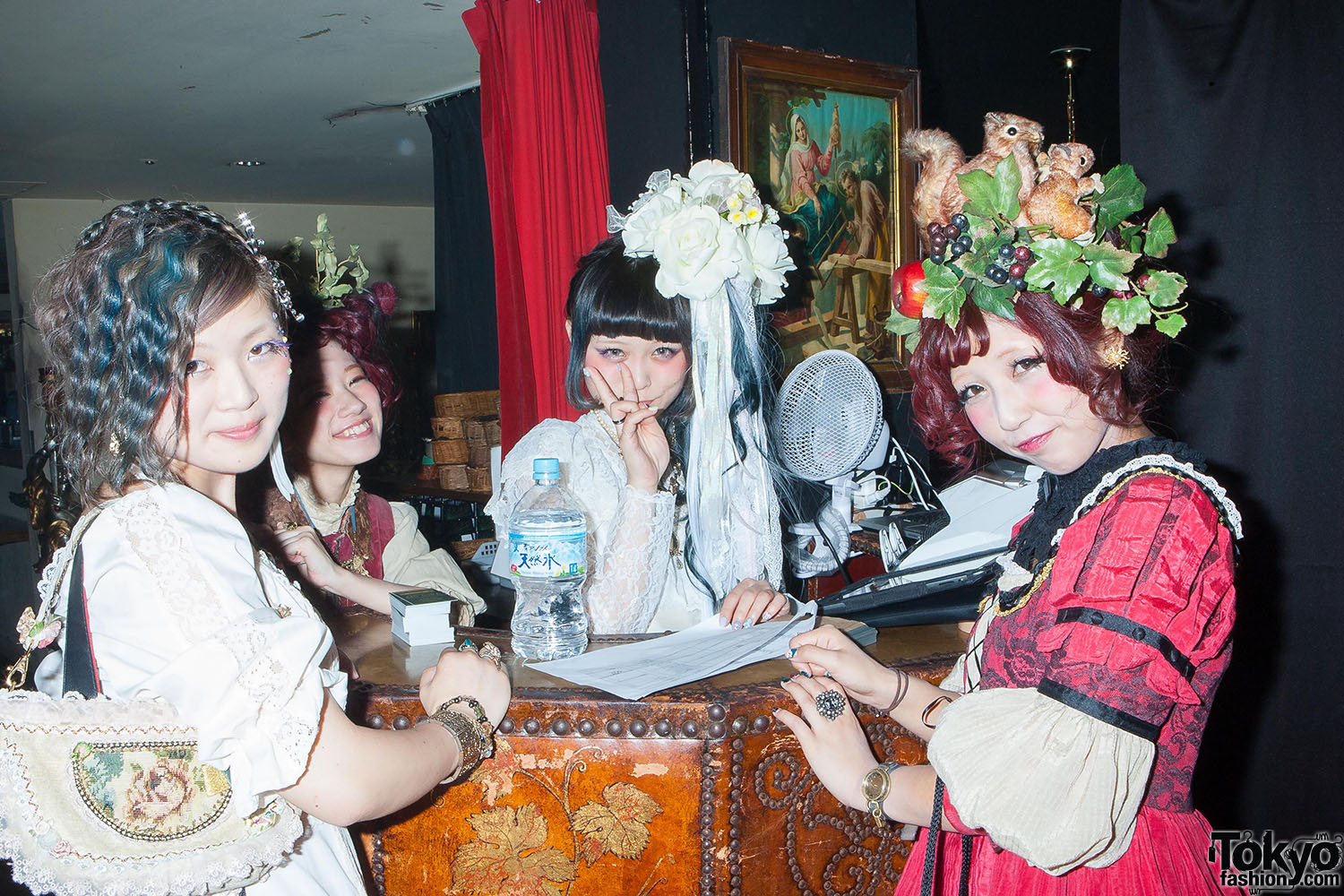
As lots of information about this style has been removed from webpages or lost to time, one can only piece together the remaining wisps of text and photo material that are scattered along a few articles from mainly independent blogs, as well as often very low-res images from street snaps. A consolatory fact is that this somehow reflects the style’s philosophy: unlike with other fashion subcultures, there are little to no rules to Dolly Kei. There is no single accessory or pattern that is a hard must in a Grimoire coord; there are only pointers on what you could use for yours. There is no required silhouette, hemline or skirt length. The wide variety of fabrics and textures not only guarantee a recognisable outfit but also give tons of leeway and possibilities to make it even more personalised. But, there is one set cornerstone: Dolly Kei is old and vintage.
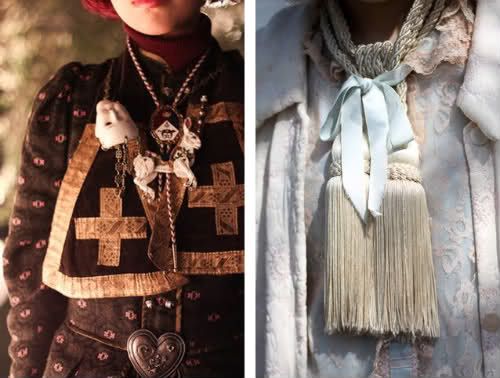
The Antique style is often described as being inspired by Grimms’ fairy tales, which entails clothes and patterns from Central, Northern and Eastern Europe (Germany, Hungary, Austria, Switzerland, Norway, Sweden, Czechia, Slovakia etc.) and inspiration of or references to “days of yore”, such as the Medieval and Renaissance as well as Bohemian. The silhouettes, hairstyles and makeup often resemble Classical or Country Lolita looks, although Dolly Kei is considerably more dusty, morbid and even grimy, getting closer to Gothic or Kuro. It resembles something found in an antique chest the attic of an abandoned decade-old mansion deep within the woods, to which bread crumbs on the path had led you. It fully and unapologetically embraces the romanticization of this, too.
Colours: primarily dark & jewel tones such as deep reds, greens and browns, golds, but brighter versions are also possible! Although those are more easily confused with Mori or Cult Party.
Materials: cottons, linen, wool, gobelin, jacquard, velvet & velveteen, lace & ribbons, knitted garments, embroidery, leather, fur. Avoid synthetic fibers (faux fur is an exception).
Accessories: antique jewellery, vintage umbrellas or parasols, tassels, odd fellow & other collars, aprons, relics & artifacts, millinery objects (such as fake fruits, plants and animals), interesting belts, bows & ribbons, pouches, colourful tights, satchels & purses, generally vintage objects repurposed as accessory items.
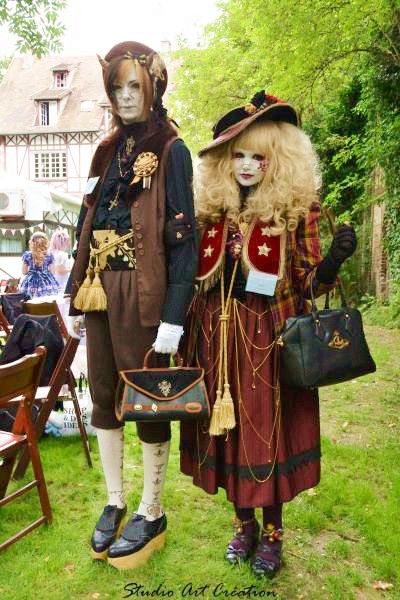
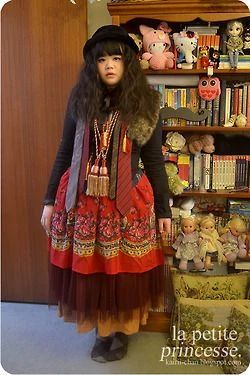
Fig. 04: The ties?
While researching this arguably dead genre of jfashion, I was wondering why I even took interest in it in the first place. I’m not really one for jewellery or creepy, even edgy things, like doll parts as accessories; though I like clothes made of natural material and dark tones that are reminiscent of autumn. But, I have come to a conclusion.
I absolutely do not consider myself a patriot, nor nationalist, nor being considerably fond of my country. Yet, there is something that sparks joy in me when I see Dolly Kei coords, which very often include a part of my culture, whether it be a skirt, a pattern or accessory. I suppose that I do not feel much for my country, but rather for the bygone lifes my ancestors lived and the customs they practised. It finally helps me understand why so many neopagans work towards connecting spiritually with their ancestors. It comes as no surprise that I am fond of old cultures and customs; I’ve been interested in them for a long while – but this cultural self-love is something new to me. So, it makes me happy to see my roots being appreciated and considered as aesthetically pleasant by at least a small group of people that are not from here; people that do not wear it to show pride in their country or wear it because it is “traditional”, but because they see its individual appeal. The new, modern versions of my country’s traditional garb and clothes are, in my opinion, very distastefully combined and arguably not very pretty or comfortable. But its vintage counterparts, combined with other more casual articles of clothing as seen in Dolly Kei, redeem them for me, and make me want to embrace this fashion.